Automate Line Sheets
Streamline line sheet creation
- Organize product data into professional line sheets
- Customize and save templates for each buyer’s needs
- Import specs from Excel and create line sheets in just minutes, reducing manual effort
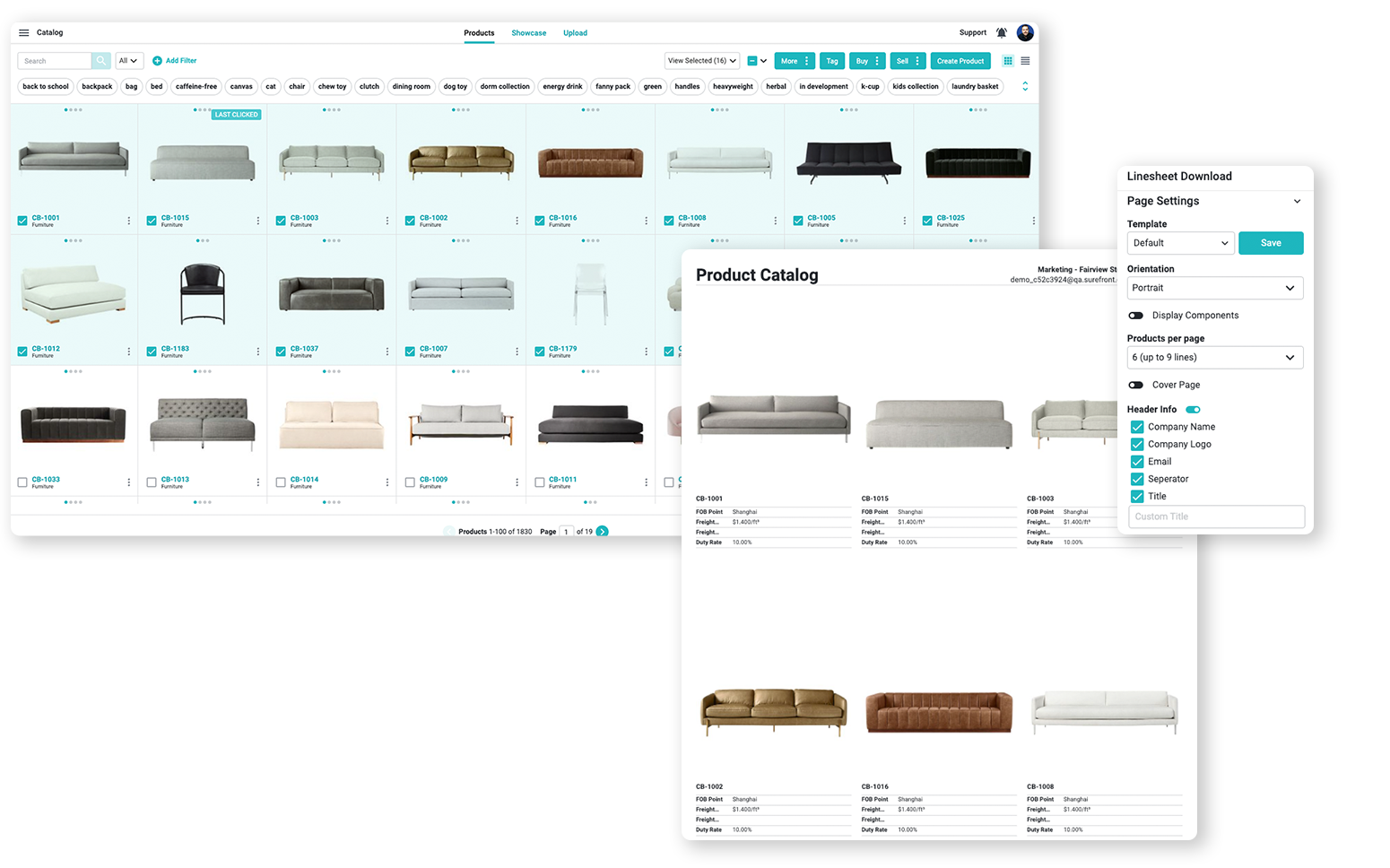
Enhance sales efficiency
Time-saving tools for sales teams
- Free up 40% more time for teams by automating tasks
- Select products, adjust layouts, and generate line sheets
- Meet retailer-specific formatting requirements instantly
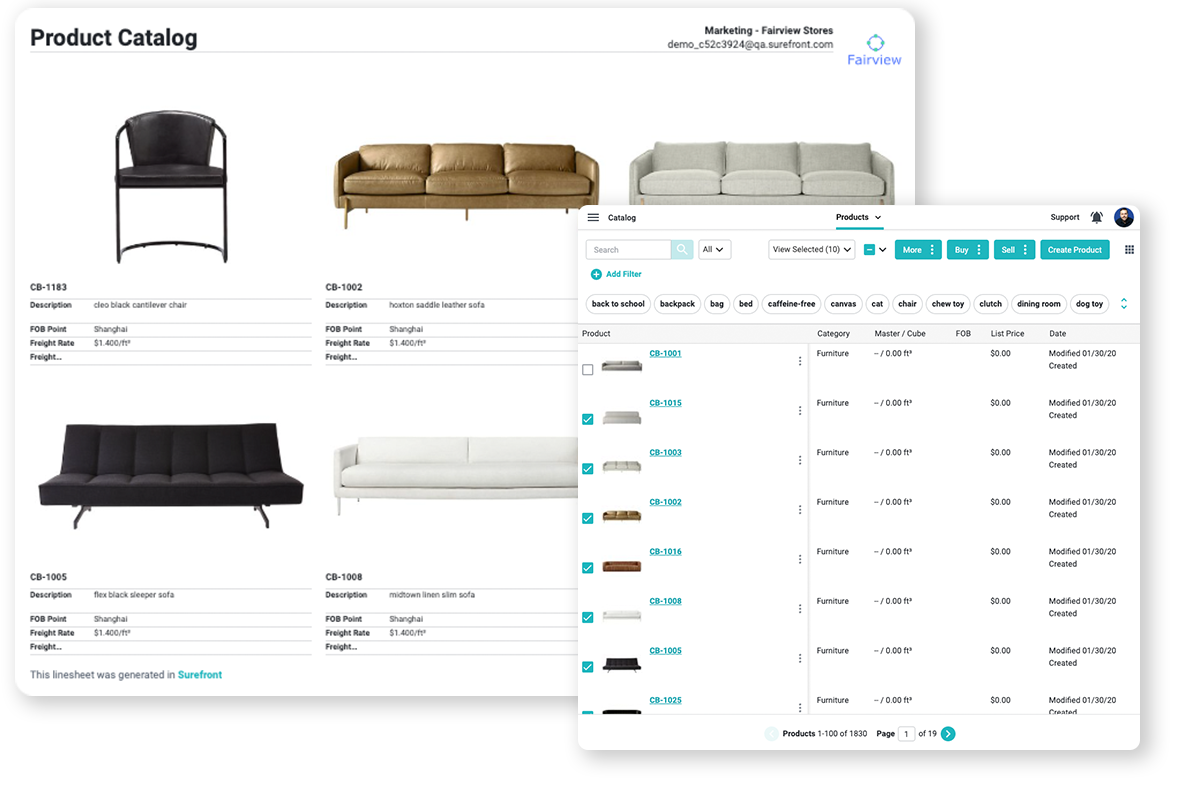
Personalize buyer presentations
Customize layouts and fields
- Tailor line sheet layouts to specific buyer requirements
- Save and reuse custom templates for consistency
- Ensure each line sheet reflects brand identity
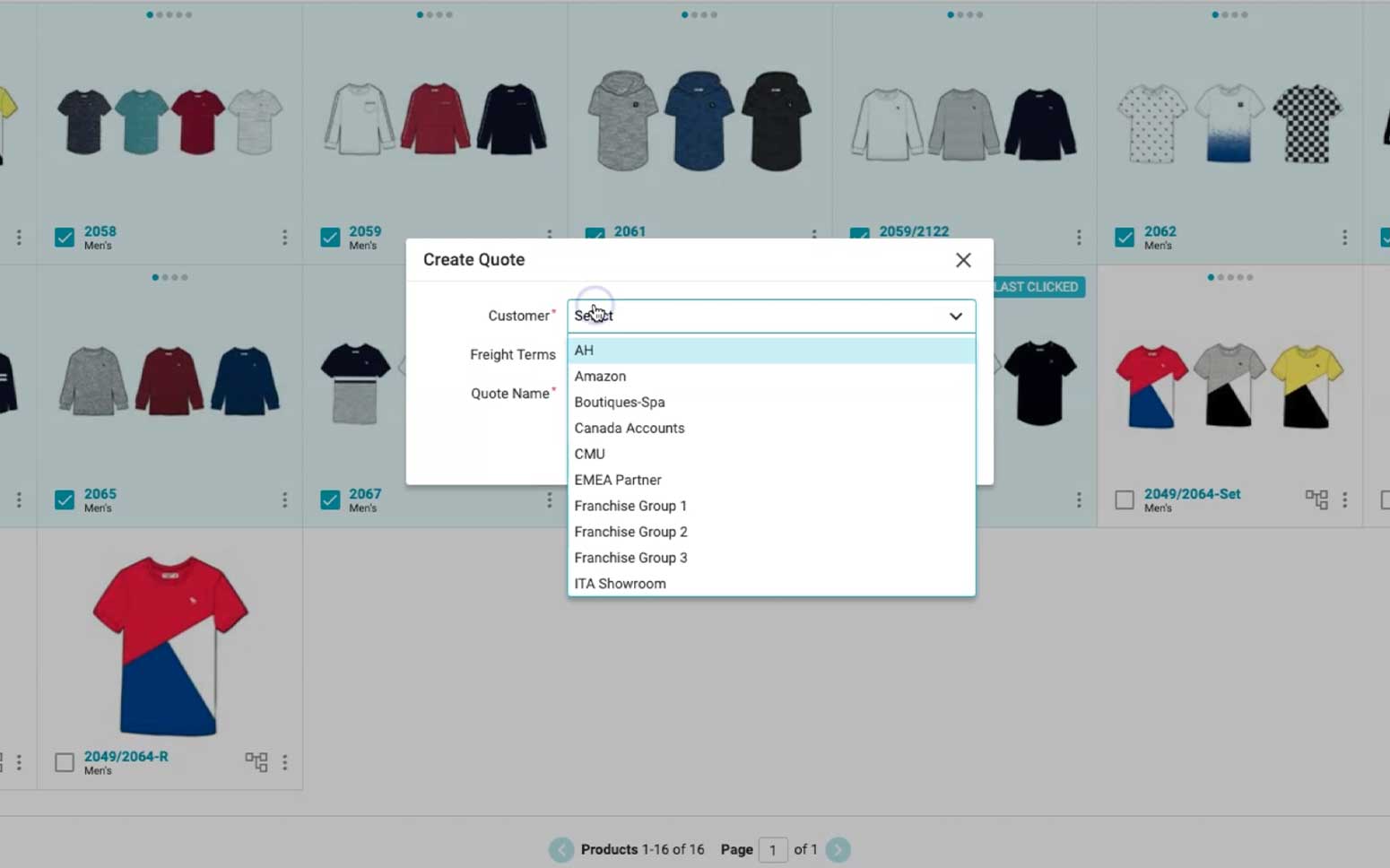
Boost collaboration and accuracy
Buyers and sellers on the same page
- Collaborate effortlessly with customers
- Automatically update templates with the latest data
- Handle multiple buyer interactions and update product specs, quotes, and orders efficiently
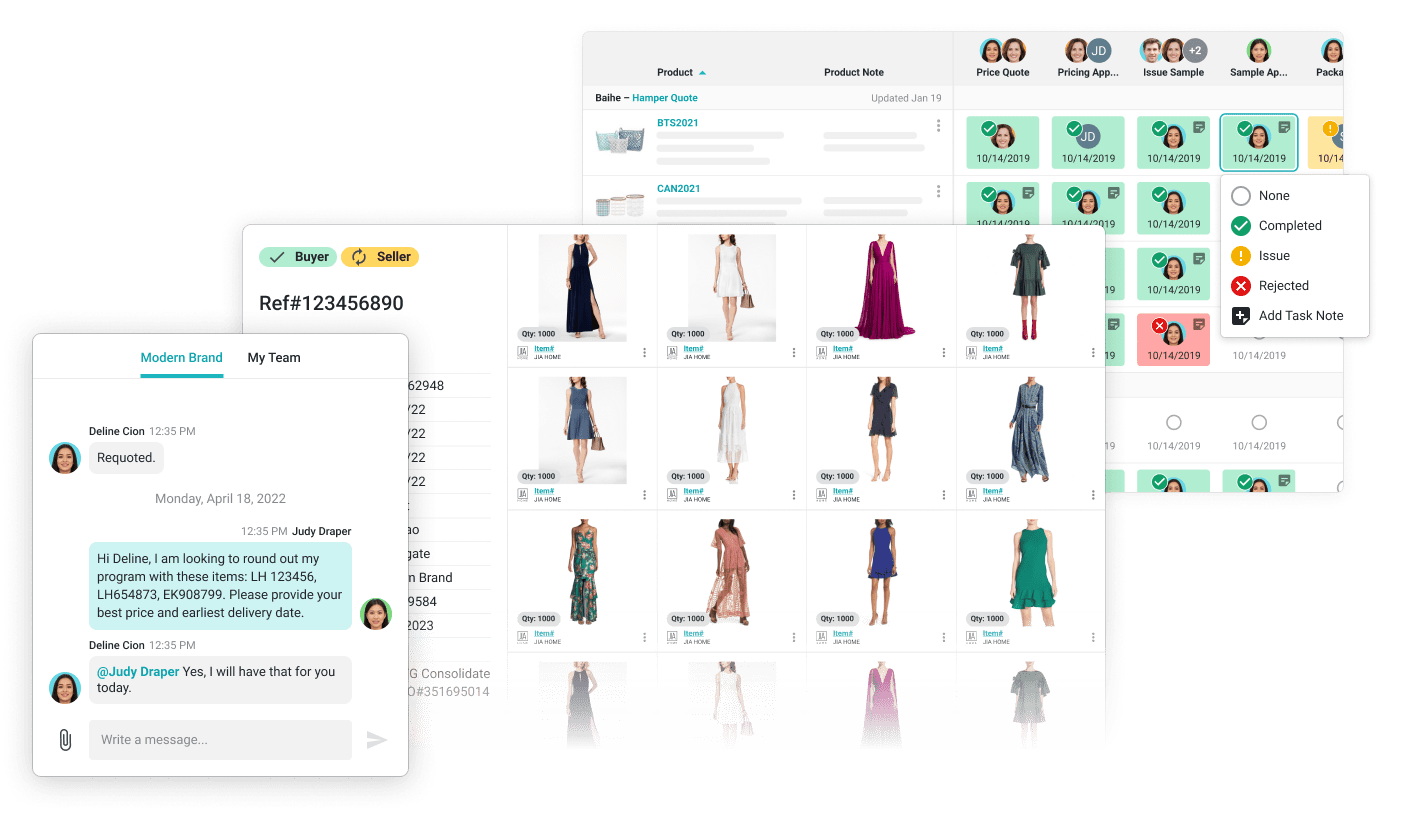
Gain a competitive edge
Accelerate buyer response times
- Respond swiftly with fully customized and updated sheets
- Enable buyers to review specs, ask questions, and finalize orders on the platform
- Reduce line sheet creation time from hours to just minutes
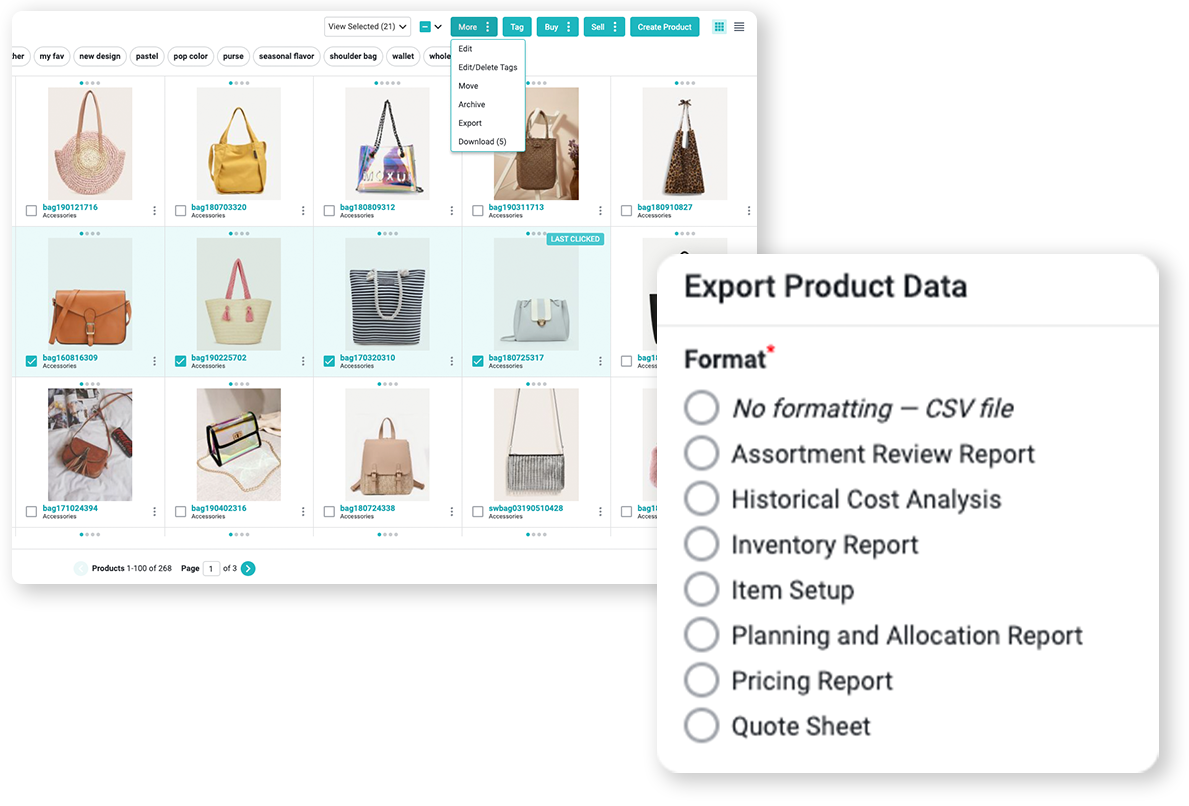
Case Studies

Fine Jewelry
West coast fine jeweler shaves weeks off production time, days off line sheet development, and hours off vendor communication and SKU management.

Home Décor
Surefront enables industry-leading productivity and unparalleled sales. Tasks that formerly took JIA HOME two weeks now take just 30 minutes.

Home Furnishings
Surefront’s PLM helped the Handy Living team reduce the average new product development cycle from 6-12 months time to 3 months per product.
Related Articles
From Our Blog
Future Proofing MerchOps Workflows for the Next Era of Retail


Future Proofing MerchOps Workflows for the Next Era of Retail
Oct 3, 2025 1:34:21 PM
6
min read
Supplier-Retailer Collaboration: Building Stronger Partnerships for Merchandising Success
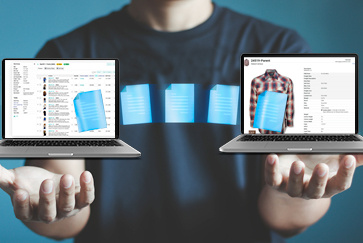

Supplier-Retailer Collaboration: Building Stronger Partnerships for Merchandising Success
Mar 19, 2025 10:59:28 AM
6
min read
The Retail Buying Playbook: How Retail Buying is Evolving
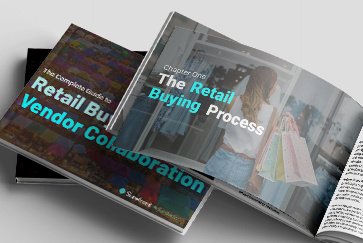

The Retail Buying Playbook: How Retail Buying is Evolving
Mar 11, 2025 12:27:13 PM
2
min read
Download the Complete Guide to Produce Lifecycle Management
Get Your Free Copy Today!
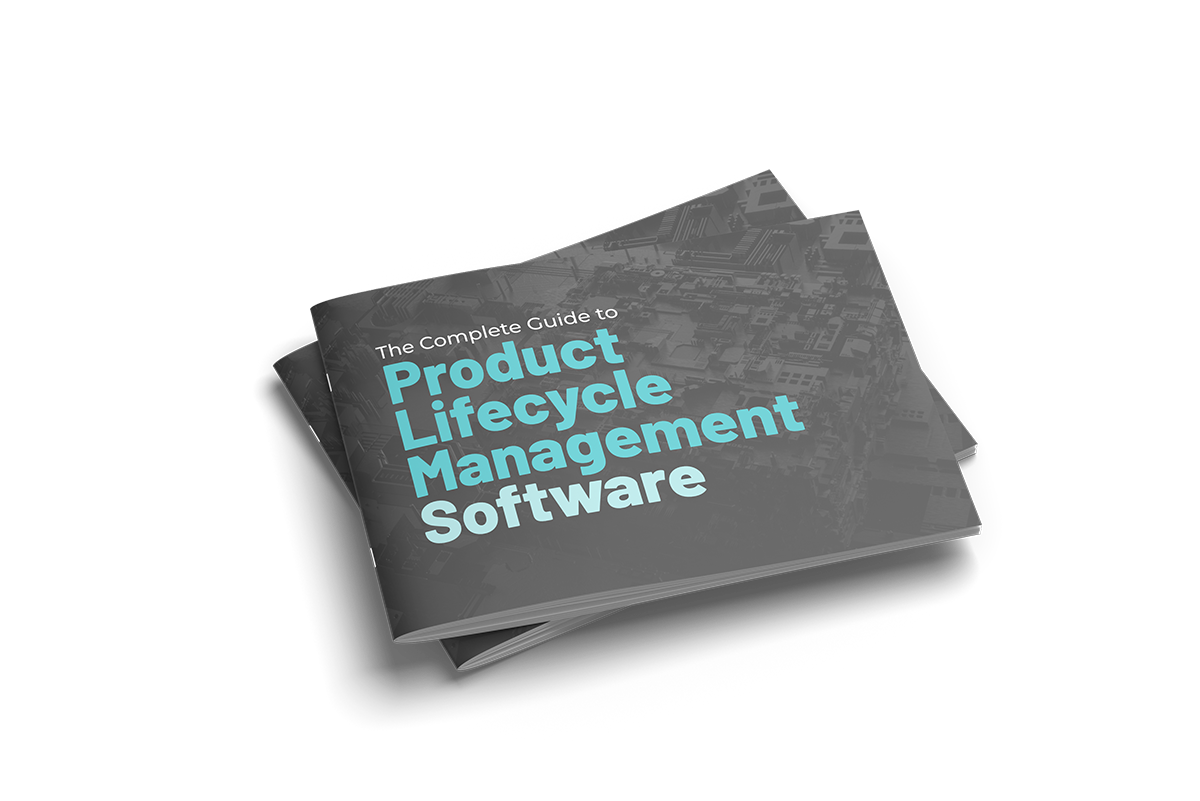
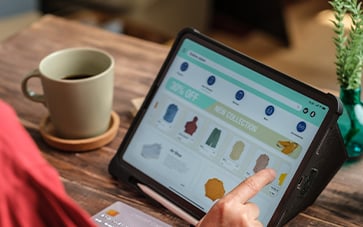
Watch a Demo
See a quick overview demo

Meet with Surefront
Schedule a call with us